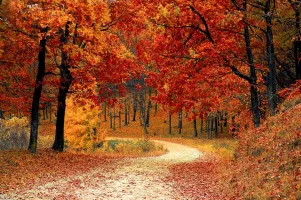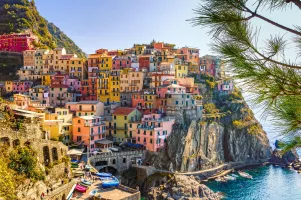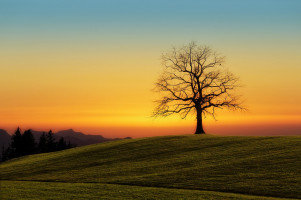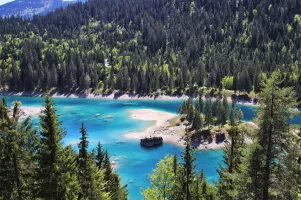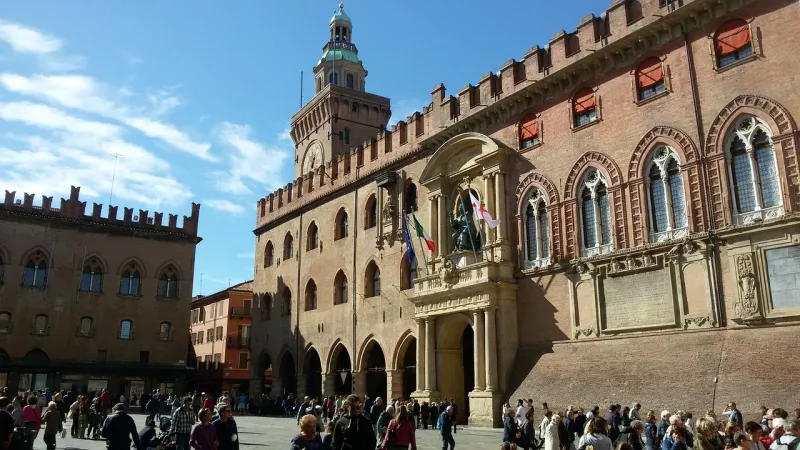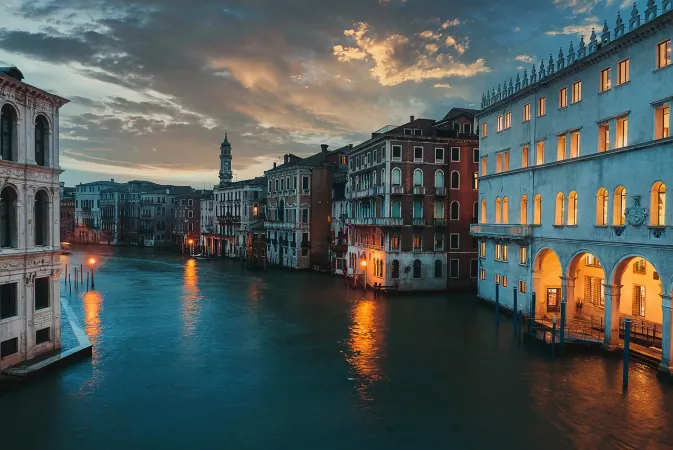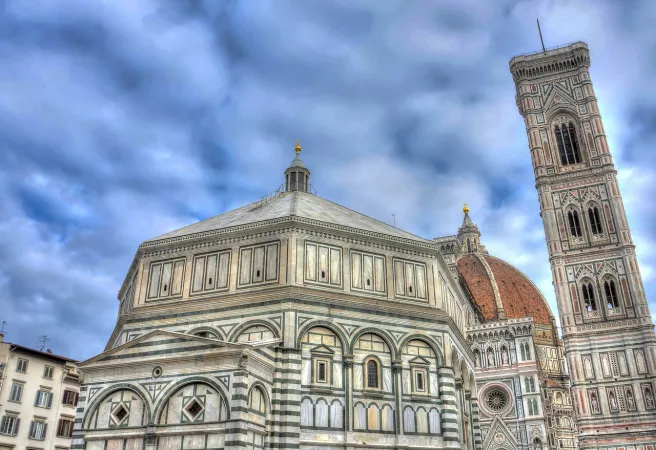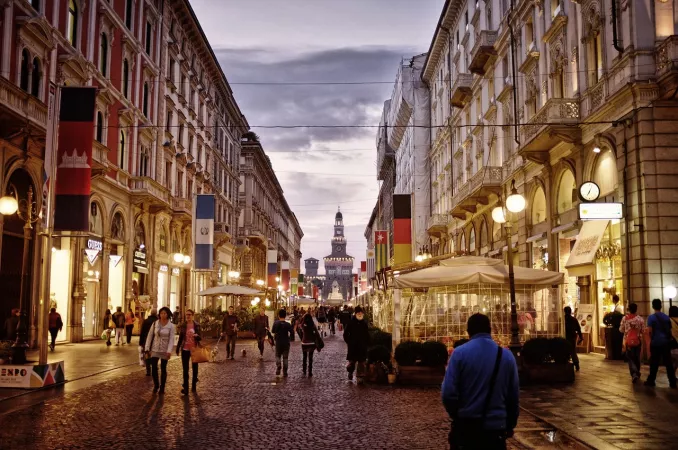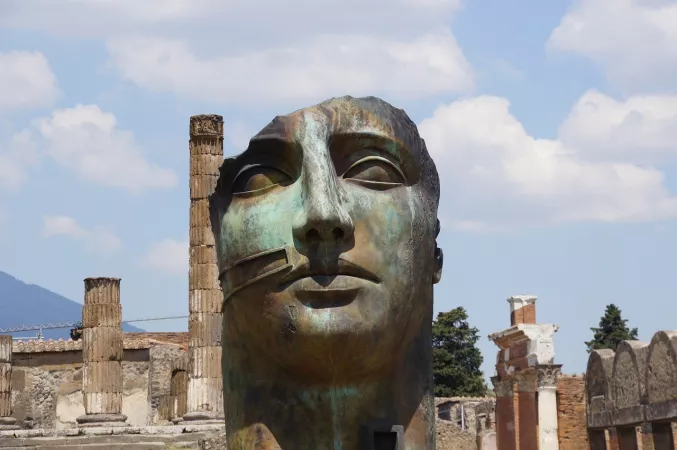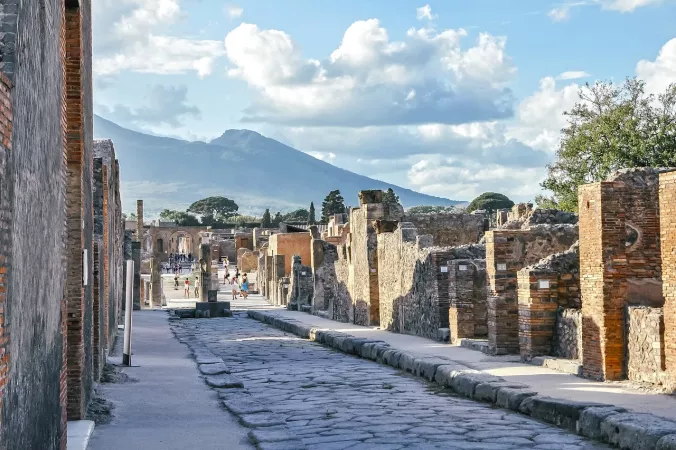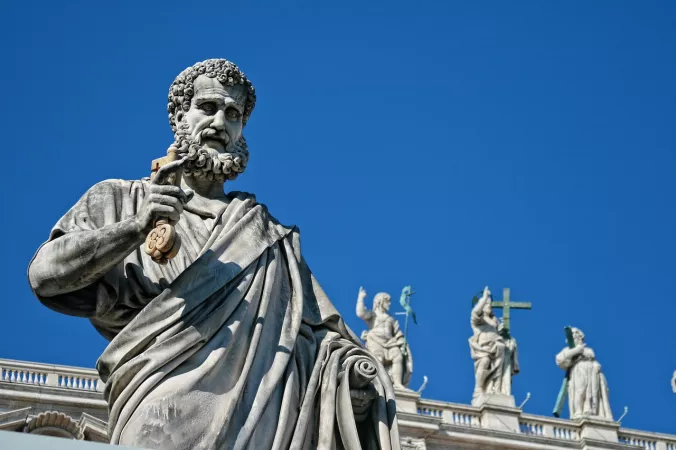
Rome Travel Guide
Rome, the capital city of Italy, is a destination that effortlessly blends the past with the present. Known for its rich history, stunning architecture, and vibrant culture, Rome is a melting pot of art, history, and cuisine. The city boasts iconic landmarks such as the Colosseum, the Vatican City, and the Trevi Fountain, making it a must-visit for history buffs and art enthusiasts alike.Top Attractions in Rome
- The Colosseum
- Vatican City
- Trevi Fountain
- Pantheon
- Roman Forum
Rome is Famous for
Rome is famous for its ancient ruins, Renaissance art, and delicious Italian cuisine.Top Attractions in Rome
- Exploring the Colosseum
- Visiting St. Peter's Basilica in Vatican City
- Throwing a coin in the Trevi Fountain
- Admiring the Pantheon's architecture
- Strolling through the Roman Forum
What's Great about Travelling to Rome?
- Cultural Immersion: Experience the rich history and art of Rome firsthand.
- Culinary Delights: Indulge in authentic Italian cuisine at local trattorias.
- Architectural Marvels: Marvel at the stunning architecture of ancient Rome.
What's Not So Great about Travelling to Rome?
- Crowds: Rome can get crowded, especially during peak tourist seasons.
- High Prices: Some attractions and restaurants in Rome can be pricey.
- Summer Heat: Rome can get very hot during the summer months.
Travel Tips for Rome
- Visa Requirements: Check visa requirements for Italy before your trip.
- Transportation: Use public transport or walk to explore the city efficiently.
- Safety Tips: Be cautious of pickpockets in crowded tourist areas.
Important Rome trip information
- Ideal Duration: Plan to spend at least 3-4 days to explore Rome thoroughly.
- Best Time to Visit: The best time to visit Rome is during the spring or fall when the weather is pleasant.
- Nearby Airports and Railway Stations: Rome has two major airports, Fiumicino and Ciampino, and several railway stations for easy access.
Top 47 Places to visit in Rome
Total
4,53,000
*EXCLUDING APPLICABLE TAXES 5.0 Ratings
( 20 Reviews )
( 20 Reviews )
Total
4,58,500
*EXCLUDING APPLICABLE TAXES 5.0 Ratings
( 20 Reviews )
( 20 Reviews )
Total
5,34,000
*EXCLUDING APPLICABLE TAXES 5.0 Ratings
( 20 Reviews )
( 20 Reviews )
Per Person
28,798
*EXCLUDING APPLICABLE TAXES Total
5,14,500
*EXCLUDING APPLICABLE TAXES 5.0 Ratings
( 20 Reviews )
( 20 Reviews )
Total
5,21,500
*EXCLUDING APPLICABLE TAXES 5.0 Ratings
( 20 Reviews )
( 20 Reviews )
FAQ's on Rome
Q1: What is the best time to visit Rome?
The best time to visit Rome is during the spring (April to June) and fall (September to October) when the weather is mild, and the city is less crowded. Avoid the peak summer months when temperatures soar, and many locals are on holiday. Winter can be chilly but offers fewer crowds and lower prices.
Q2: Do I need a visa to travel to Rome?
Travelers from the EU, EEA, and many other countries do not need a visa for short stays in Italy. However, it's essential to check the specific visa requirements based on your nationality and the purpose of your visit before traveling to Rome.
Q3: What are the must-visit attractions in Rome?
Rome is home to iconic landmarks such as the Colosseum, Vatican City, Trevi Fountain, Pantheon, and Roman Forum. Don't miss exploring the Vatican Museums, Sistine Chapel, and St. Peter's Basilica for a complete cultural experience.
Q4: Is Rome a safe place to travel?
Rome is generally a safe city for tourists, but like any major city, be cautious of pickpockets, especially in crowded tourist areas. Avoid poorly lit areas at night and be mindful of your belongings. It's advisable to stay alert and use common sense.
Q5: What is the local currency in Rome and can I use credit cards?
The local currency in Rome is the Euro (€). Credit cards are widely accepted in hotels, restaurants, and shops. ATMs are readily available throughout the city for cash withdrawals. Notify your bank before traveling to avoid any issues with card payments.
Q6: What is the local cuisine like in Rome?
is known for dishes like pasta carbonara, cacio e pepe, and supplì (fried rice balls). Don't miss trying authentic gelato and Roman pizza. Dietary considerations can be accommodated, but it's helpful to communicate any specific requirements to restaurant staff.
Q7: What transportation options are available in Rome?
Rome has an extensive public transport system, including buses, trams, and the metro. Taxis are also available but can be expensive. Consider using ride-sharing services or renting a bike to explore the city at your own pace.
Q8: Are there any cultural norms or etiquette I should be aware of when visiting Rome?
When visiting Rome, it's important to dress modestly when visiting religious sites. Respect local customs, such as greeting with a handshake or kiss on the cheek. Keep in mind that dining times are later in Italy, and it's customary to linger over meals with good company.
Q9: I am a travel agent. How can I buy travel leads of Rome?
Register yourself as a travel agent at agents.tripclap.com and then you can buy travel leads to Rome once your account is approved. For more details contact our support team at +91-8069186564 or support@tripclap.com
